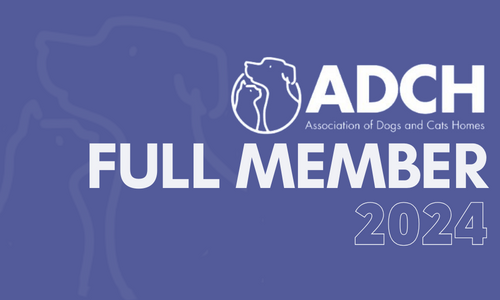Understanding your Guardian
Guardian dogs, bred for their protective instincts and loyalty, can make formidable and devoted companions. However, managing these breeds requires understanding, consistency, and a proactive approach, especially for new or inexperienced owners. Here's a comprehensive guide on general advice, what to watch out for, and how to work effectively with guardian dogs.

Guardian Dogs overview
Guardian breeds, such as the Great Pyrenees, Anatolian Shepherd, and Doberman Pinscher, have been selected over generations for their ability to protect livestock, property, and their human families. These dogs are characterised by their strong protective instincts, intelligence, and independence. While these traits make them excellent protectors, they also necessitate a specific approach to training and socialisation.
Rescuing and rehoming a guardian dog presents a unique set of challenges and rewards. These dogs, known for their protective instincts and loyalty, require a thoughtful approach to ensure they transition smoothly into their new homes. For those considering the noble path of giving a second chance to a guardian breed through rescue or rehoming, here’s tailored advice to help navigate the journey.
Understanding the Needs of Rescue Guardian Dogs
Understanding the Needs of Rescue Guardian Dogs Rescue guardian dogs may come with histories that can include neglect, lack of training, or even abuse. These past experiences can influence their behaviour and response to new environments. Recognising and addressing these needs is crucial in helping them adjust and thrive.
Essential Tips for New Owners:
- Patience is Key: Understand that your rescue guardian dog will need time to adjust to their new environment. Be patient and give them space to explore and become comfortable at their own pace.
- Prioritise Bonding: Building a bond with your rescue dog is essential. Spend quality time together through gentle play, grooming, and quiet time to establish trust and show them they are in a safe place.
- Slow and Steady Socialisation: Gradually introduce your dog to new people, pets, and situations. It’s important to monitor their reactions and proceed at a pace that’s comfortable for them, always offering positive reinforcement to encourage calm and non-protective interactions.
- Consistent, Positive Training: Rescue guardian dogs benefit from consistent, positive reinforcement training methods. Reinforce basic commands and polite behaviours, using treats and praise to motivate and reward. Training helps establish your role as a calm and assertive leader.
- Address Protective Behaviours Appropriately: Work on understanding and managing their protective instincts. Training should include clear boundaries about when protective behaviours are appropriate, using positive methods to redirect unwanted guarding.
- Create a Secure and Structured Environment: Make your home a safe haven with clear rules and routines. Ensure physical security with proper fencing and gates to
- Health and Well-being: Schedule a thorough veterinary check-up to address any health issues. Many rescue dogs come with neglected health care, and guardian breeds may have breed-specific health concerns that need attention.


Challenges to Anticipate
Adjustment Period: The transition to a new home can be stressful. Be prepared for an adjustment period where your dog may display cautious or protective behaviours as they learn to trust their new environment and family.
Behavioural Issues: Past experiences may result in fear, anxiety, or defensive behaviours. Be watchful for signs of stress or discomfort and ready to consult a professional dog trainer or behaviourist for guidance.
Overprotectiveness: Given their natural protective tendencies, these dogs may initially be overly vigilant. It’s important to gently correct these behaviours and teach them that not all strangers or new situations are threats.
Conclusion
Adopting a rescue guardian dog is a commitment that comes with its challenges but also immense rewards. With patience, understanding, and the right approach to training and socialisation, you can help your rescue guardian dog become a loving, well-adjusted member of your family. Remember, the journey of rehoming a guardian breed is not just about providing them with a second chance—it's about creating a lasting bond that brings security, companionship, and love to both your lives.



